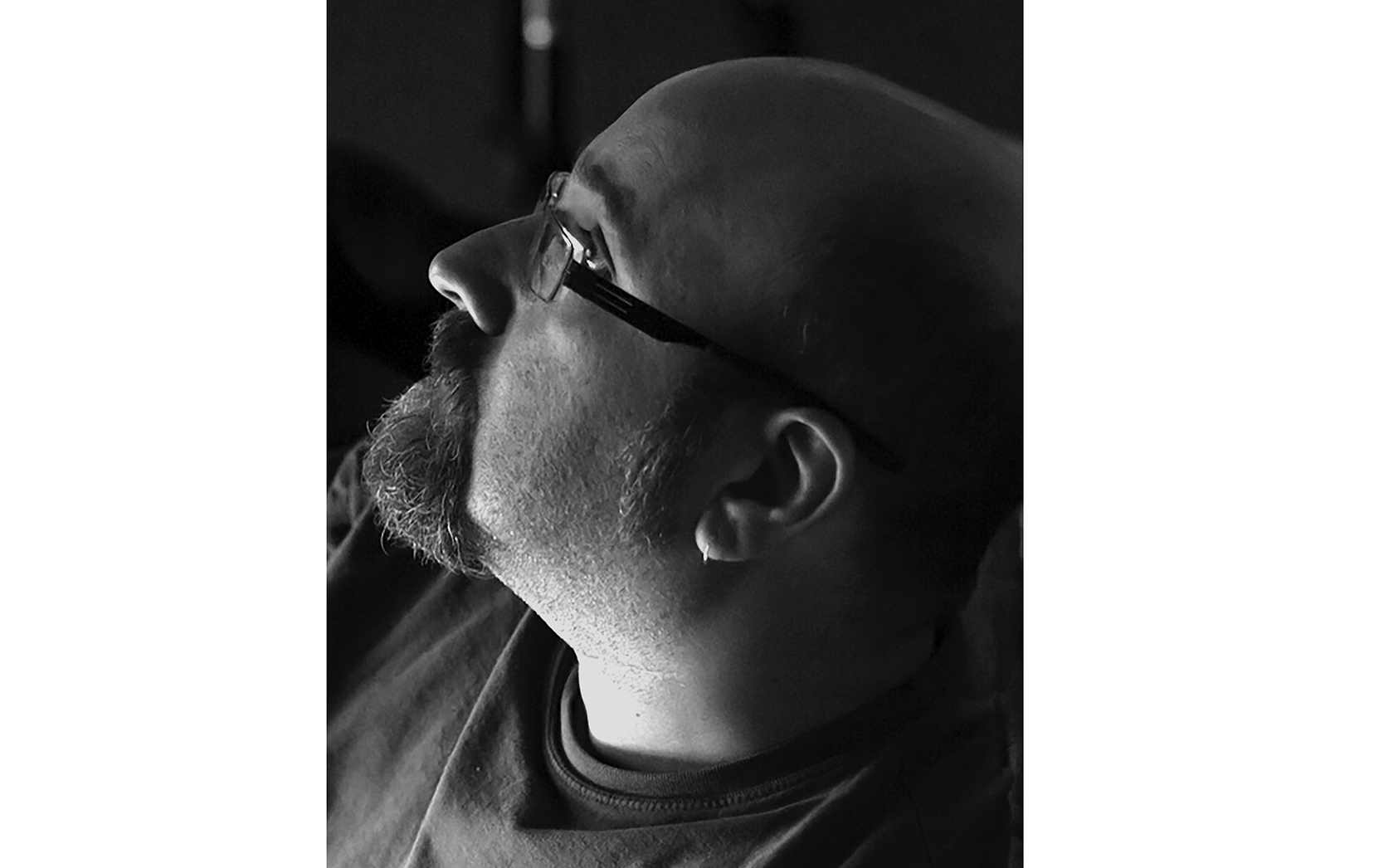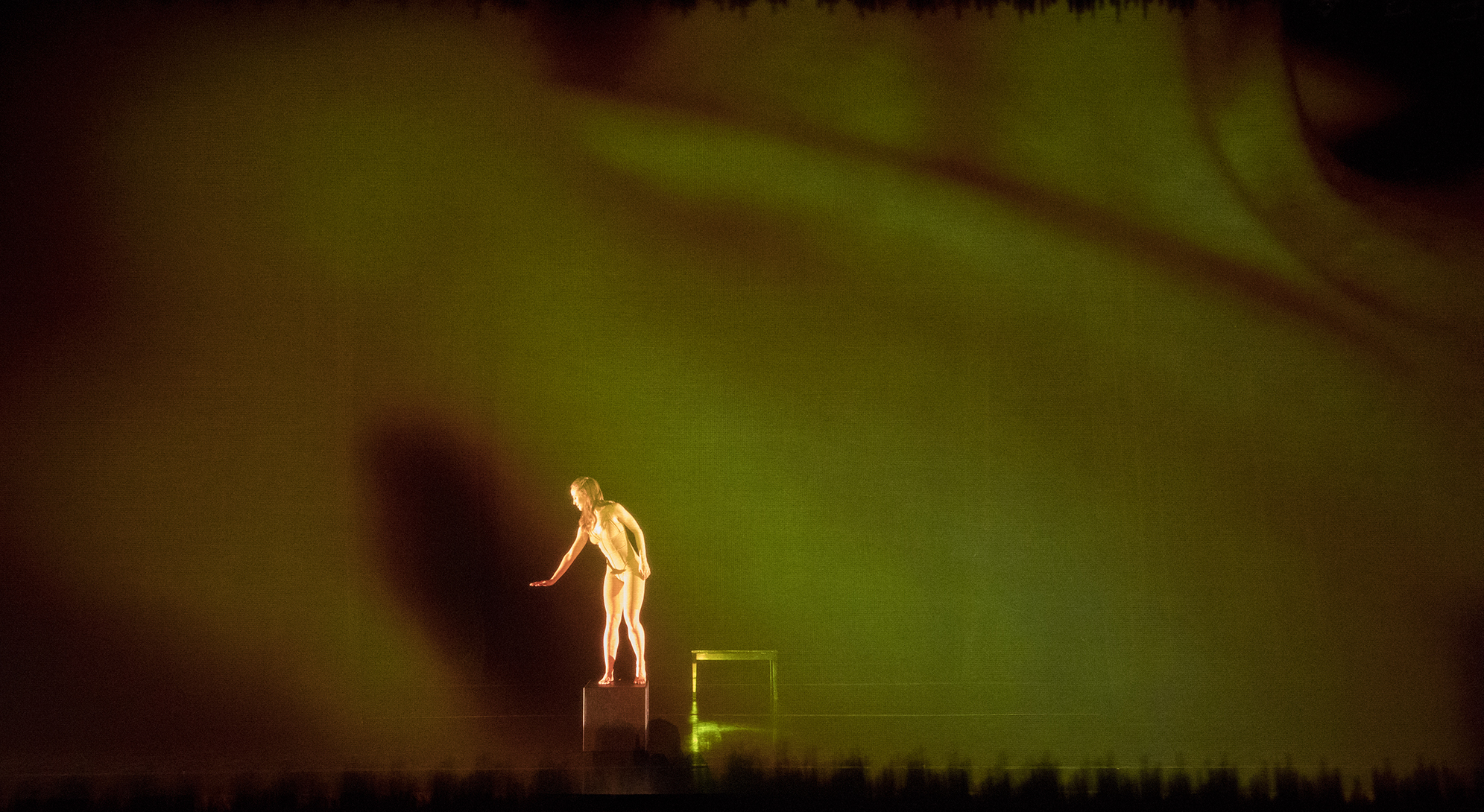Next up in Live Design’s What’s Trending: Education series is assistant professor for digital media in performance at the University of Iowa, Daniel Fine. With roots in projection design, his recent projects include: Kansas No More, a 15-minute dance with five dancers, three projectors, two live cameras, Watchout, Isadora, two computers, and a 42'x23' projection surface with five doors and eight windows; and Live Geometry, a four-hour durational performance with five projectors, four live cameras, live video mixing, a 3D clay printer, Isadora, two computers, and real-time data driven visuals used as “video glaze” on ceramic objects, to name just two.
At LDI2018, Fine will present a solo session on The Art of Content Creation and take part in the third annual Projection Mapping Summit. In his extensive, three-part What’s Trending: Education essay, he addresses the challenges that many schools face in successfully integrating digital media and projection design into their curriculum.
Part One From Daniel Fine

I’ve had the great fortune to present at a number of conferences around the United States and to meet educators and administrators from all kinds of academic institutions: R1 to small undergrad-only teaching colleges to community colleges. A lot of folks are genuinely interested in integrating digital media and projection design into their curriculum, but a few things often come up in our conversations that seem to be roadblocks:
- No specialist on faculty to teach these classes and no new faculty hire on the horizon.
- The cost of equipment.
- The fact that in five years the expensive gear they just invested in will be outdated.
- The industry is rapidly changing along with the technology, so there always seems to be a new approach, a new tool to learn/teach.
- The wide variety of courses needed.
- The space in their already jam-packed curriculum to include new courses.
- The demand on already stretched facilities to have multi-media rehearsal studios and performance spaces.
No doubt, these are big challenges to overcome and each institution has its hurtles to developing new courses, hiring new faculty, etc., while individual departments have their own ethos on how they approach performance and integrate (or not) technology.
I have some insight based on my experience thus far as a third-year tenure-track assistant professor of Digital Media in Performance at the University of Iowa that might serve as a road-map or how-to as you think about how to integrate digital media into your live performance departments. However, not everyone is working in a similar circumstance as I, so here are some general suggestions that may be of help in your process. At the very least, I hope we may begin a dialogue in the comments and/or offline that can be beneficial to you and your students.
A bit of perspective: I am fortunate to work at a university, and within two departments (I have a co-appointment in Dance and Theatre Arts) that see the value in integrating digital media, new technology, and projections into live performance—both in the classroom and onstage. It is helpful when the provost, dean’s office, department chair(s), and faculty are all on board. It makes it easier, as there is less persuasion involved to get the key players invested. However, it doesn’t happen overnight. It took many years before my hire to convince all the players of the necessity in investing in the digital arts. I was part of a multi-year, provost-initiated, faculty cluster hire in the Public Digital Arts. Departments were able to submit faculty lines to the cluster, and thus, my co-appointment tenure-track faculty line for Theatre Arts and Dance was created.

It is not so easy at every institution to have a new tenure-track faculty line approved and funded. However, this is the first step. You have to have a qualified instructor to build your program, anchor it, integrate it into your curriculum, teach courses, and advise your students. A lot of institutions are following the generalist model—hiring a multi-talented professor who can teach digital media and typically another design area such as scenic, lighting, or sound. This is a very reasonable approach for many institutions that do not have the budget to hire a specialist, such as myself.
Digital media and projections are the current norm and will only grow professionally. In order to stay competitive when recruiting students and to best serve and prepare your students for a changing profession, it would be well worth it if your program can offer at least the fundamentals. It may take a few years for you to get a new faculty line approved. Or it may take a professor retiring or leaving to be able to tweak a job description to hire a generalist or specialist who can teach digital media and help lead your program in this exciting direction. Don’t delay—start planting the seeds now by getting the faculty and chair of your department on board.
Click here for Part Two and Part Three of this What's Trending in Education: Academia And Digital Media Design article by Daniel Fine